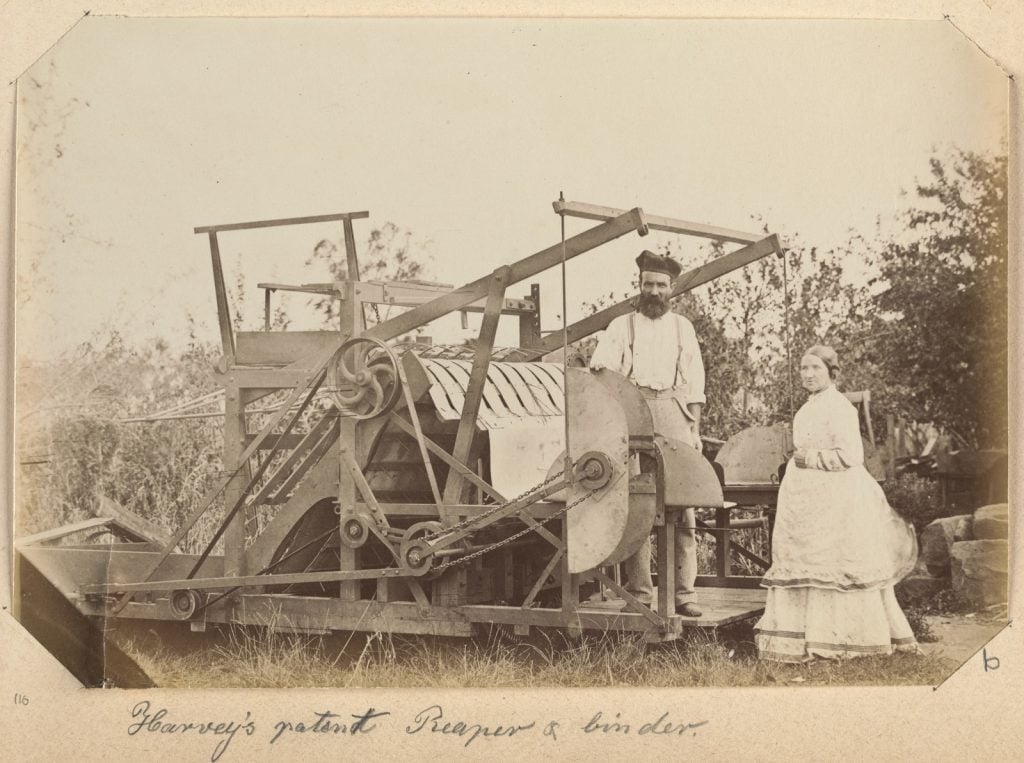
The State Library’s collection of Victorian patents cover the period from 1854 to 1904. These illustrated documents reveal the effort our forebears put into improving life in an often harsh environment. Each invention is a statement about what was needed in society at the time. Inventors offered practical solutions to problems. They also wanted to use their inventions for commercial purposes and protect their ideas from use by others. This is where patents are important.
Patents were first granted in Victoria after the passing of the Patent Act of 1854. The granting of a patent gave an inventor the exclusive right to use the invention for commercial purposes for fourteen years. Each application contained the name and address of the inventor, a detailed description of the invention, and line drawings to illustrate the invention’s design.
The world’s first commercial ice-making machine
A famous Victorian invention was the world’s first commercial ice-making machine. It was invented by James Harrison, a Geelong printer, journalist, publican and politician. For the technically-minded, his machine was an ether vapour-compression refrigeration system.

Harrison’s machine was a breakthrough in solving the problem of how to keep food and drink cold and was quickly welcomed by industry and business.
James Harrison founded the Geelong Advertiser, and his background as a printer was vital in his development of the ice-making machine. Metal type used in printing needed regular cleaning with sulphuric ether.
Whilst cleaning the movable type on the printing machine, Harrison noticed that ice crystals formed when he blew on the raised letters. This was his Eureka moment. He used this knowledge to develop a refrigeration system which used a compressor to force ether vapour into a condenser. The ether reverted to liquid form and then moved through refrigeration coils. As it turned back into vapour form, it cooled the surrounding machine. The machine employed a 5 metre flywheel and produced 3,000 kilograms (6,600 lb) of ice per day.
Harrison began operating his first mechanical ice-making machine on the banks of the Barwon River at Rocky Point in Geelong in 1851. In 1854 his first commercial ice-making machine began production and in 1855 he applied for a Victorian patent, which was granted in January 1856. He was also subsequently granted British patents.

Breweries, hotels and meatpacking factories took up this system almost immediately.
Harrison went on to found the Victoria Ice Works in 1859 and became editor of The Age in 1867.
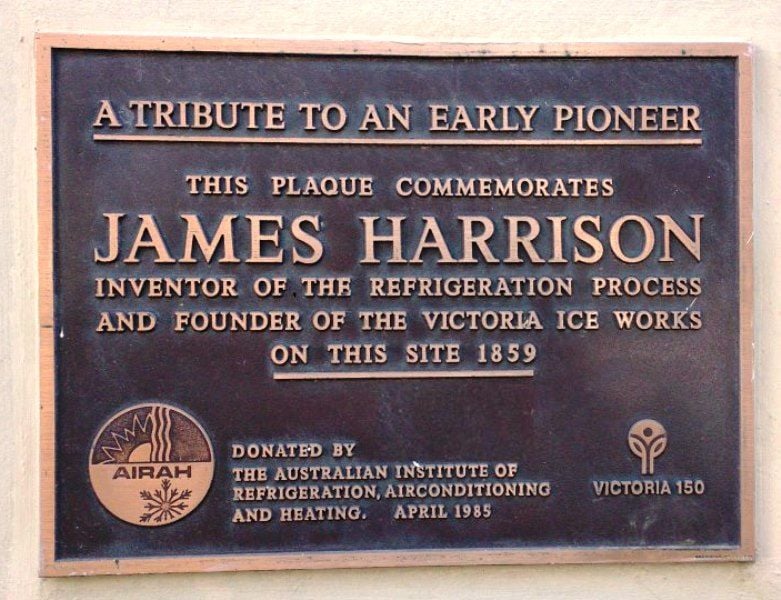
To all to whom these presents shall come…I send greeting
The 19th-century patent applications were handwritten, often by an agent acting for the inventor. The opening paragraphs are, by modern standards, lengthy and flowery.
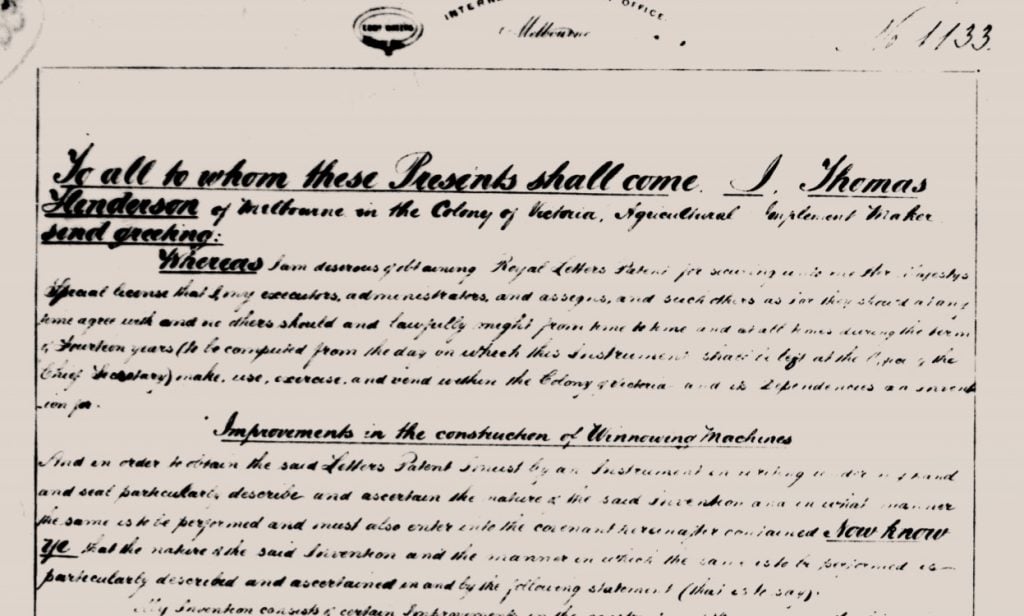
Thomas Henderson’s 1868 application for a patent (patent number 1133) for his winnowing machine begins with the words: ‘To all to whom these presents shall come, I Thomas Henderson of Melbourne in the Colony of Victoria, agricultural implement maker, send greeting.’ This was a common opening line of a patent application in the 19th century.
It is followed by the words:
Whereas I am desirous of obtaining letters patent for securing…Her Majesty’s special licence that I and my executors, administrators and assigns…should and lawfully might from time to time during the fourteen years make, use, exercise and vend within the Colony of Victoria the invention…
And finally, the title: ‘Improvements in the construction of Winnowing Machines.’
This is followed by a written description of how the invention works, along with some line drawings.
Down on the farm
The 19th-century Victorian patents reveal an agricultural society: ploughs, reapers, harvesters, tree stump removal machines and other farm equipment were common inventions.
For someone who is not technically minded, the drawings are often the most interesting part of the patent application.
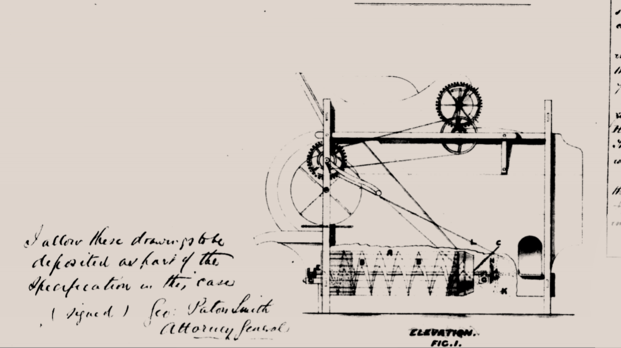
In case you are wondering, winnowing was the process of separating the chaff from the grain. The grain was first threshed, which loosened the grain from the husks and straw, before winnowing took place. In an agricultural society which relied on manual labour, this was an important invention in reducing the labour required to process the harvest.
The harvester
A breakthrough in agricultural inventions came with the invention of the first commercially viable harvester. Hugh McKay, from Drummartin in country Victoria, built a harvester using parts of other machines and scraps of material he found on the family farm. After successfully testing the harvester, McKay patented his design in March 1885.
This stripper-harvester revolutionised Australian grain harvesting techniques. The machine could strip, thresh, winnow and bag grain. With limited machinery available, these processes had formerly been done with painstaking manual labour. The stripper-harvester increased grain yields and cut down on the amount of physical labour and the time needed to harvest.
If you eat breakfast cereal, this is relevant to you!
The economic depression of the 1890s ruined McKay’s fledgling agricultural implements manufacturing business. In 1893, he improved the design of his harvester and named it the ‘Sunshine’. By the end of the 1890s, his Ballarat-based business was a success. The Sunshine Harvester Works became one of Australia’s largest manufacturers of agricultural equipment.
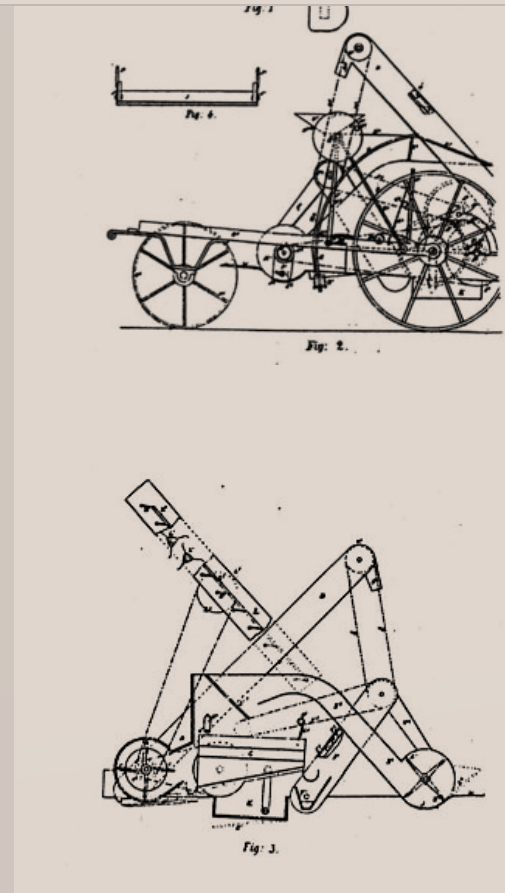
The gold diggings
The gold rushes of the 1850s and 1860s provided impetus to inventors to create and improve mining tools of all kinds. Mechanical tools such as rock drills and machines which extracted gold from rock were in demand.
In 1867, John Phillips, a mining surveyor at St. Arnaud, created a machine which separated ore from gangues, which is commercially worthless rock material. This is a necessary part of mineral processing and would have saved a lot of tedious work. It is patent number 1033.
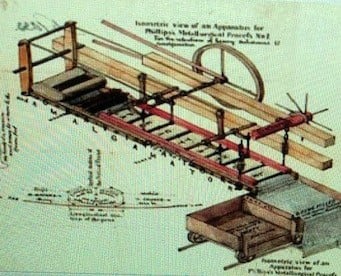
Cycling for women
Later in the 19th century, inventions reflected a more urban society. The invention of the bicycle proved very popular with city dwellers. Cycling gave women mobility and a sense of freedom from social restrictions. However, the long skirts of the time could prove hazardous while riding, especially if they caught in the wheels, or pedals.
Women found creative ways to adapt their skirts for riding bicycles. In 1896, Agnes Henderson, a dressmaker from Northcote, created a cycling skirt which had cords and hooks to allow the rider to adjust the length of the skirt.
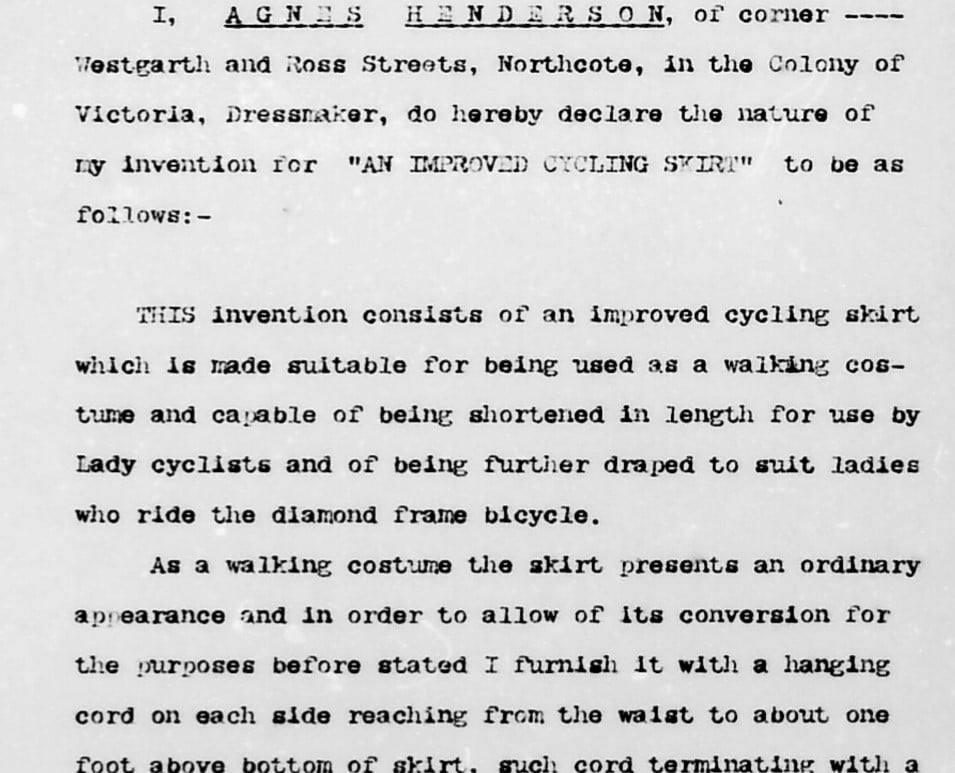
Unfortunately, we do not have diagrams to accompany this invention. There is, however, a written description of Mrs Henderson’s patent in an 1896 edition of the Australasian newspaper. You can read it online on the Trove website, which contains digitised historic Australian newspapers and other resources.
Trove also contains an amusing article from 1897 about the trials of a woman trying to find a skirt suitable for cycling.
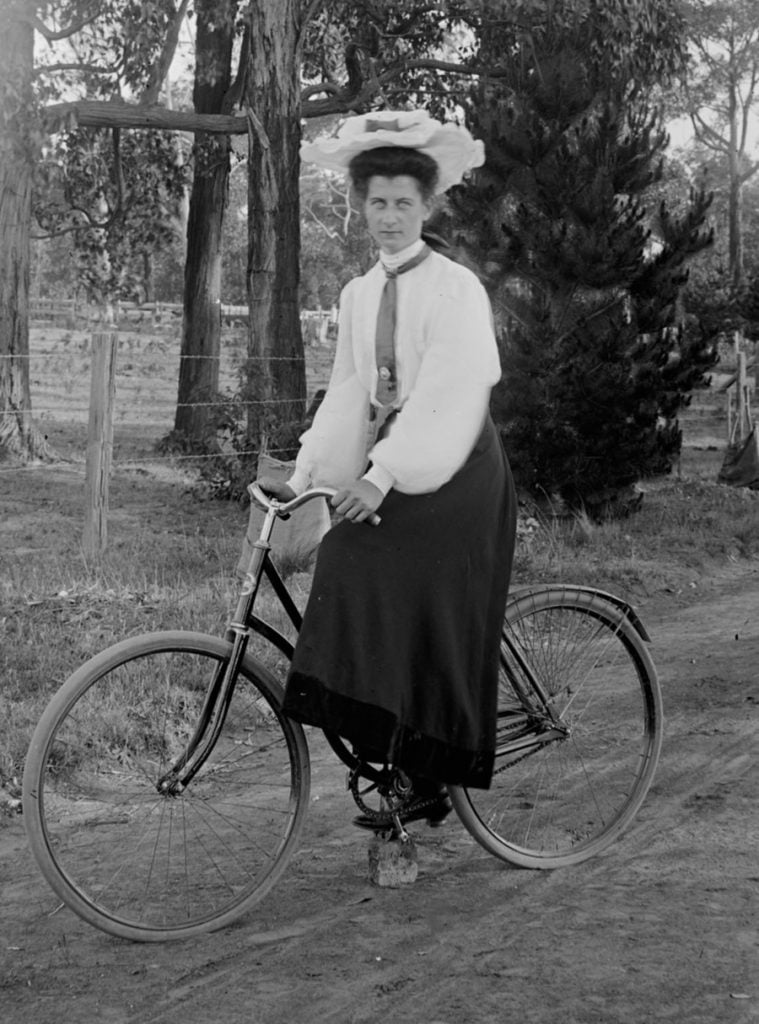
Other patents in our collections
Apart from our collection of Victorian patents from 1854 to 1904, the Library holds a collection of Australian patents from 1904 to 1999. You can also find the Australian patents on the AusPat database at IP Australia.
Our collection of British patents date from 1617 to 1990.
See our Patents research guide for more information about the Library’s patents collection.
References
Bruce-Wallace, L.G., 1966, ‘Harrison, James (1816-1893)’, Australian Dictionary of Biography, National Centre of Biography, Australian National University, viewed 20 July 2020, <http://adb.anu.edu.au/biography/harrison-james-2165>
‘Harrison, James (1816?-1893)’, December 2019, Encyclopedia of Australian Science, eScholarship Research Centre, The University of Melbourne, viewed 14 July 2020, <http://www.eoas.info/biogs/P000479b.htm>
‘James Harrison, Australia, and the world’s first patented refrigerator’, Refrigeration, Dynamic Refigeration Solutions, 1 June 2020, viewed 14 July 2020, <https://dynamicrefrigeration.com.au/blog/james-harrison-ice-machine/ >
‘James Harrison, engineer’, Wikipedia, Wikipedia Foundation, viewed 14 July 2020, <https://en.wikipedia.org/wiki/James_Harrison_(engineer)>
Jungnickel, Kat, 16 April 2018, ‘The ingenious cyclewear Victorian women invented to navigate social mores’, Guardian, viewed 23 July 2020
Lang, W.R. (Roy), 1982, James Harrison, pioneering genius, Neptune Press, Newtown, Victoria

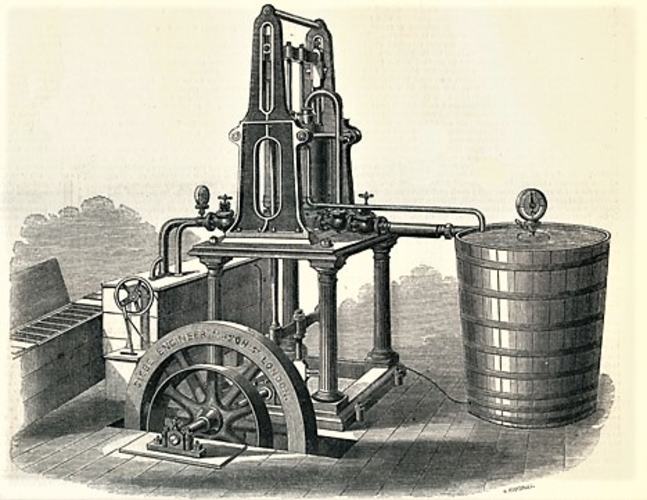

Harrison’s machine had a dramatic impact on the international trade in ice – yes, natural ice – which had its origins in Boston, MA in 1804. The natural ice trade set up a network of insulated ships and insulated ice houses around the world, which were ready for the artificial ice making machines. These led to the frozen meat trade, and the rest is history.
For more on the impact of Harrison’s machine on NSW, see:
https://dictionaryofsydney.org/entry/sydneys_first_ice
If it is of interest to anyone, I have in my possession Letters Patent No. 7, 1859 for the Colony of Victoria, signed by Governor Barkley and granted to Thomas Tennant (an ancestor of mine) for Improvements in Machinery or Apparatus for Crushing Rocks and Minerals. He founded a gold mining company.
http://www.inverneillhouse.com
p.s. Referring to the previous comment, we have an ice house!
Hi Martin,
That’s wonderful, Martin! Is it an original handwritten patent application? I will send your enquiry to our reference librarians and we will consult our specialist staff about your kind offer.
hello there. off James Harrison
grand grand grand daughter
my is name is katy may Jamison.
like my family tree please if can help
Hi Katy,
For family history enquiries, you can fill out our online reference form . There’s a link on our website at https://www.slv.vic.gov.au/interact-us/ask-librarian We can point you to the right resources and tell you how to go about your research.